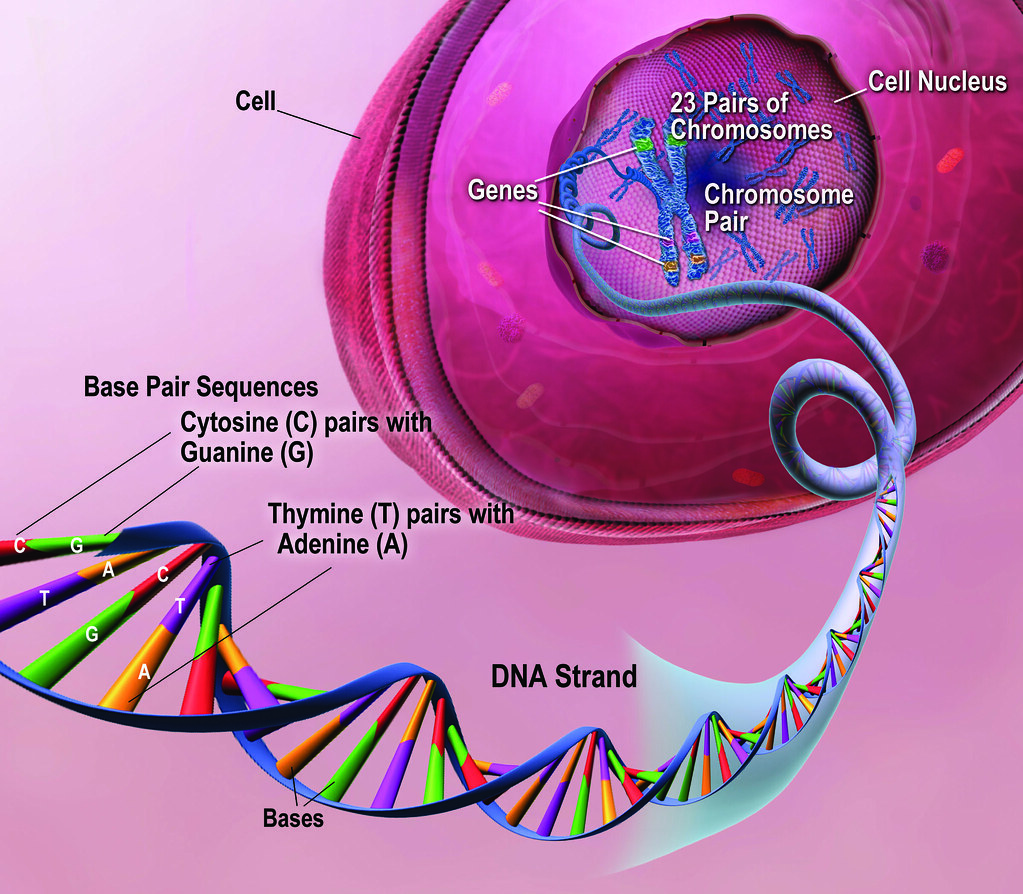Hereditary retinal dystrophies
1. Leber congenital amaurosis (LCA)
LCA accounts for 10-18% of cases of congenital blindness. It is inherited in an autosomal recessive manner. It is characterized by a significant visual deficit from birth with loss of photoreceptors (rods and cones), retinal ganglion cell degeneration and optic atrophy.
Diagnosis is mainly clinical, with findings such as:
- Severe congenital visual impairment (<20/400), prior to the first 6 months of life.
- Absent or very slowed down pupillary reactions.
- Eye fundus: the absence of retinal lesions is characteristic of this disease. When we do find lesions, they are very varied and may include subtle alteration of the retinal pigment epithelium, attenuation of the retinal vessels, or macular atrophy.
- Oculo-digital sign consisting of rubbing the eyes, with such being almost pathognomonic of LCA if it appears within the first months of life.
- Other symptoms such as nystagmus, photophobia, cataract, or keratoconus.
The scotopic and photopic electroretinogram will be abolished and the visual evoked potentials will appear diminished or absent.
The follow-up of these patients is carried out annually with the performance of refraction under cycloplegia, exploration of the anterior segment in search of cataracts, and study of the eye fundus.
Mutations in 17 genes have been described, the most frequent among them being the one produced in the GUCY2D gene (LCA1) that appears in 6%-21% of LCA cases. The second in frequency is CEP290 (LCA10), slightly less than 20%, and the third is RPE65 (LCA2), which affects 3-16% of cases.

Among them, RPE65 mutation is the one that has been studied the most in gene therapy. This gene encodes a retinal isomerase responsible for the regeneration of the visual pigment after exposure to light. Defects in this gene give rise to a visual deficit present from birth and a progressive degeneration that leads to absolute blindness due to this lack of regeneration of the visual pigment.
In the initial stages of the disease, the photoreceptors remain intact, with a latency period that precedes degeneration. That is why LCA2 is potentially treatable by restoring the RPE65 function prior to irreversible photoreceptor damage.
Clinical trials have been conducted in humans, where the RPE65 gene is released by means of virus vectors associated with adenoviruses in the subretinal space. It has been demonstrated to be a safe process, without serious adverse reactions, toxicity, or immune response to the vector. And it has been proven that a few days or weeks after the injection there is an improvement in visual function that is maintained during the follow-up period. Visual function refers to sensitivity to light, frequency of nystagmus, and ambulation around an obstacle; however, the improvement in visual acuity is, at the moment, slight.
Experimental animal studies have also been conducted in the forms of LCA1 (GUCY2D gene), LCA4 (AIPL1 gene), and LCA6 (RPGRIP1 gene).